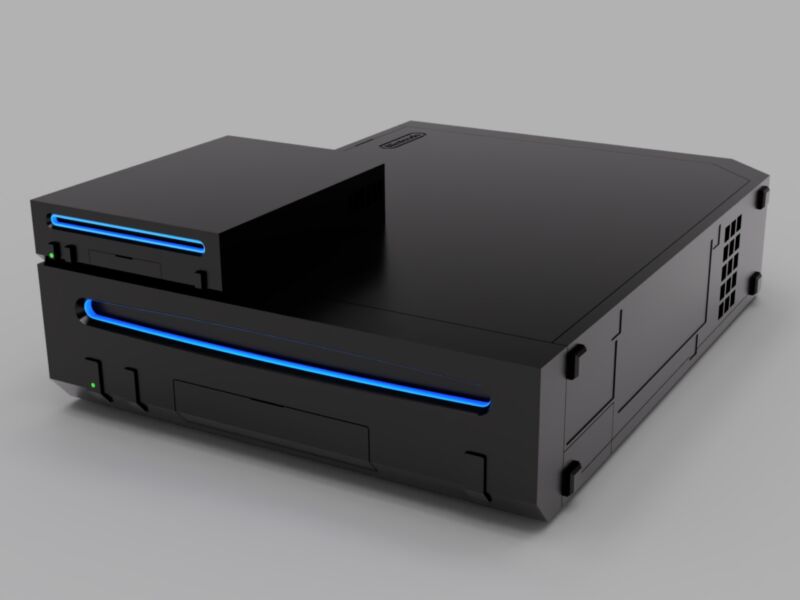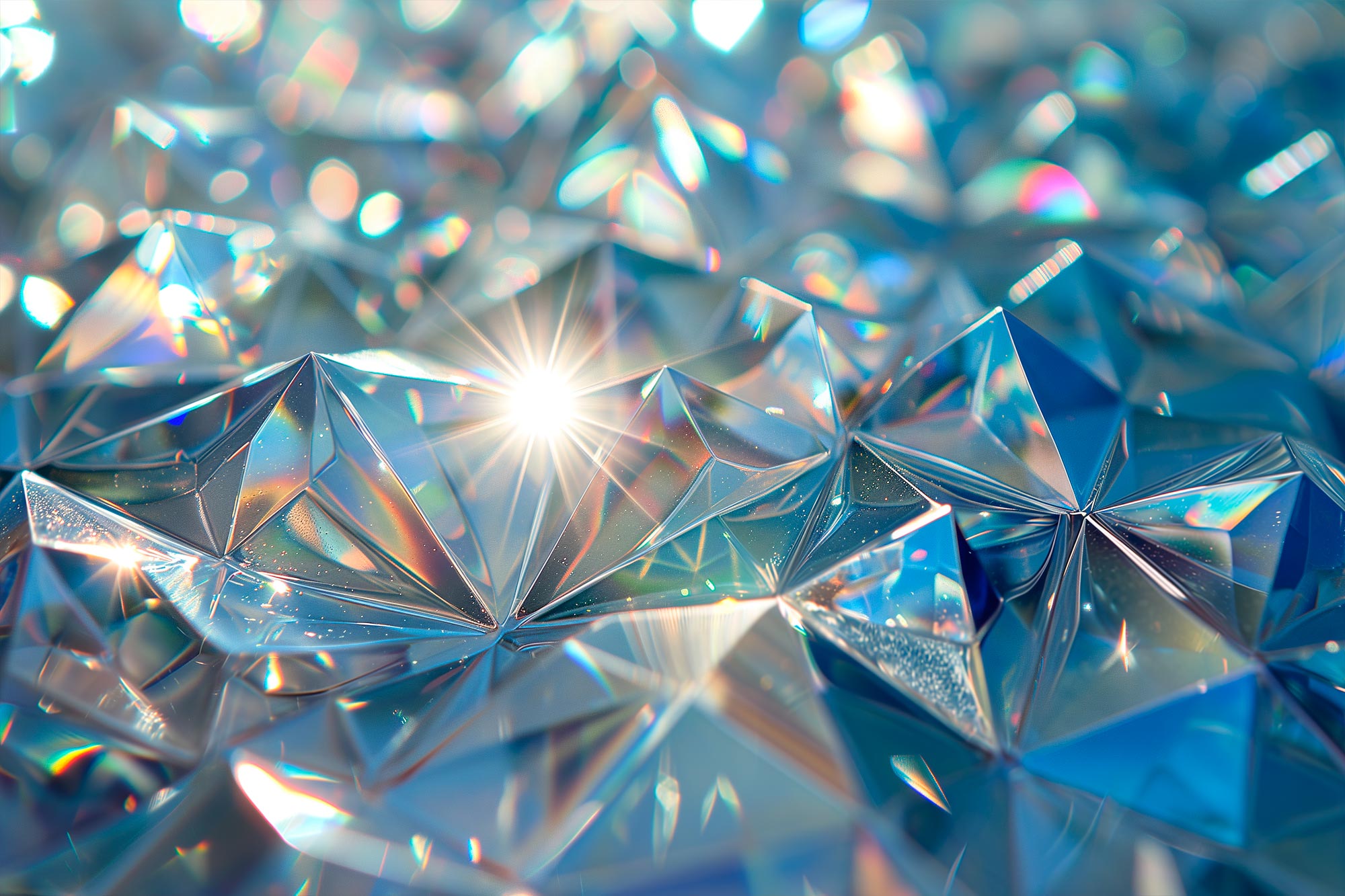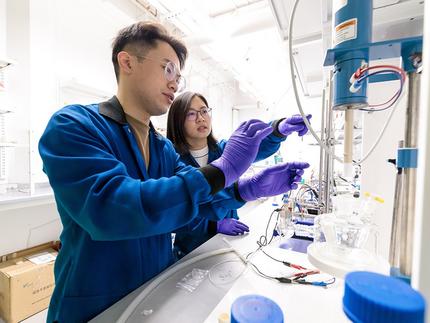As more motorists adopt hybrid and electric vehicles, the demand for lithium-ion batteries will continue to explode over the next decade. However, lithium extraction processes can be time-consuming and chemical-intensive, and traditional sources – including brackish water and hard rock – can eventually be exhausted.
Scientists and engineers are now turning to unconventional water sources, including water from oil and gas drilling, underground brine, and discarded brine from seawater desalination. However, how much lithium is in these sources and how best to extract it remains an open question.
Assistant Professor Zhong Liu’s team has now found the answer. By analyzing more than 122,000 unconventional water sources, she and her team found that these sources actually contain enough lithium to extract it.
They also found that the composition of these sources—the levels of sodium, magnesium, potassium and calcium—could influence the extraction performance of an emerging technology, providing important insights for its optimization and improvement. The results were in Proceedings of the National Academy of Sciences chest.
“I hope these results will encourage others to study lithium extraction, especially to find better materials that can increase lithium selectivity,” Liu said.
Find the right sources and materials
The technology Liu and her team are investigating is electrochemical intercalation, a highly selective method for extracting lithium that has not been extensively studied for different water sources. This method uses electrode materials or membranes to push ions from the water source into a solid structure. The intercalation process strips the water ions and binds the lithium ions to the material backbone designed for them.
However, these water sources also contain ions that are very similar in mass and charge to lithium ions, namely sodium, magnesium, potassium, and calcium. The team wanted to better understand how the network of these ions affects the electrochemical selectivity of lithium intercalation.
They found that sodium acts as a competitor for storage space within the materials framework, while magnesium and calcium can interfere with lithium charge transfer, ultimately affecting how selective the material is.
“This shows that the main challenge in the electrochemical intercalation method is to improve the selectivity of lithium compared to sodium,” says Liu. “We show that this is the main concern that scientists must consider moving forward.”
Liu hopes these findings will inspire scientists and engineers to find materials that can increase lithium’s selectivity, and she and her team are also studying the materials to that end.
“We’ve defined the playing field better, and now more people can get involved and study lithium extraction,” she said.

“Certified tv guru. Reader. Professional writer. Avid introvert. Extreme pop culture buff.”






More Stories
New chief data protection officer calls for more courage in digitalization
KickRender enables faster 3D rendering thanks to AI technology
Images and audio become talking video